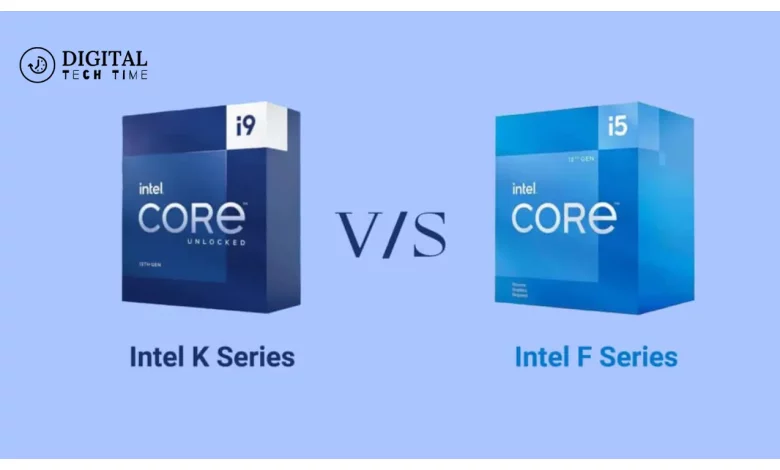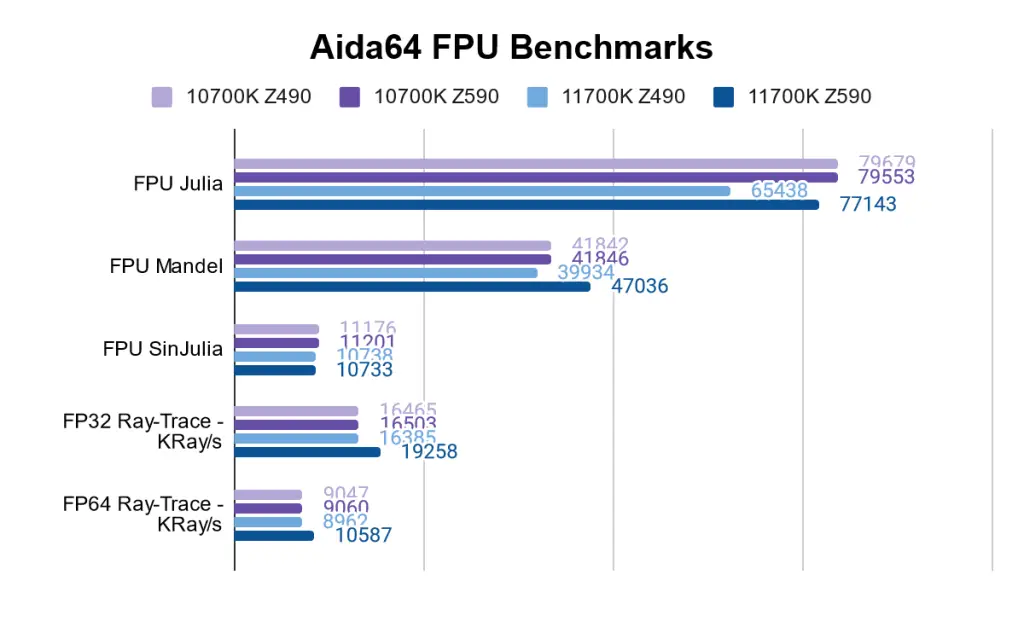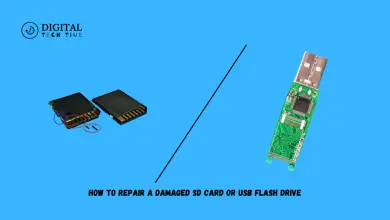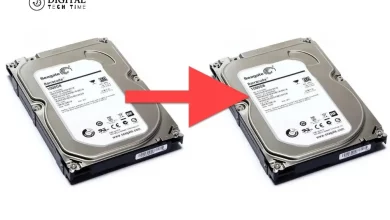Intel K vs F Series CPUs: A Comparison for Peak Performance

As a seasoned tech enthusiast, I’ve always been fascinated by the ongoing battle for CPU supremacy. Today, we’ll delve into the intricacies of Intel K vs F series CPUs, exploring their unique features, capabilities, and the factors that set them apart. Whether you’re a hardcore gamer, a content creator, or a power-hungry workstation user, understanding the nuances between these two CPU lineups can make all the difference in your computing experience.
Table of Contents
Understanding the Differences between Intel K vs F Series CPUs
The core of this discussion lies in the fundamental distinction between Intel’s K and F series processors. The K series CPUs are known for their unlocked multipliers, which allow seamless overclocking to push the boundaries of performance. In contrast, the F series processors forgo integrated graphics, focusing solely on raw computational power.
Overclocking Capabilities of Intel K Series CPUs
One of the key advantages of the Intel K series is its overclocking prowess. With the ability to fine-tune the multiplier, enthusiasts can extract every last drop of performance from these chips, tailoring them to their specific needs. Whether you’re chasing higher frame rates in your favorite games or accelerating your video editing workflows, the K series offers the flexibility to optimize your system for maximum efficiency.

Power and Thermal Limitations of Intel F Series CPUs
While the F series CPUs excel in pure processing power, they come with inevitable trade-offs. Without the integrated graphics, these processors often require more power and generate more heat, necessitating robust cooling solutions. This can be a crucial consideration for users building compact or low-profile systems, where thermal management becomes critical.

Performance Comparison between Intel K and F Series CPUs
Regarding raw performance, the K and F series CPUs often find themselves neck-and-neck, with the key differentiator being the specific workload and optimization. The K series may hold a slight edge in single-threaded applications due to their overclocking capabilities. In contrast, the F series can shine in heavily multithreaded tasks that leverage their computational prowess.
Factors to Consider when Choosing between Intel K and F Series CPUs
Selecting the right Intel CPU for your needs requires carefully evaluating your usage patterns and priorities. Factors such as budget, system configuration, cooling capabilities, and the specific applications you’ll be running all play a crucial role in determining which series is better. Understanding these variables can help you make an informed decision that aligns with your computing requirements.
Real-world Applications and Usage Scenarios for Intel K and F Series CPUs

In the real world, the K and F series CPUs find their respective strengths in various applications. The K series excels in gaming, content creation, and workloads that benefit from high single-threaded performance. In contrast, the F series shines in highly parallel tasks like 3D rendering, scientific simulations, and data processing.
Price and Value Proposition of Intel K and F Series CPUs

Naturally, the differences in features and capabilities between the K and F series are reflected in their pricing. With its overclocking potential and integrated graphics, the K series typically commands a premium. In contrast, the F series offers a more cost-effective solution for users without integrated graphics functionality.
Recommendations and Expert Opinions on Intel K and F Series CPUs
Based on our analysis and the insights gathered from industry experts, we can provide the following recommendations:
- The Intel K series CPUs are a clear choice for gaming enthusiasts and content creators who value high single-threaded performance and overclocking flexibility.
- The Intel F series CPUs can offer a more cost-effective and power-efficient solution for users focusing on heavily multithreaded workloads, such as video editing, 3D rendering, or scientific computing.
- For mainstream users with a balanced set of requirements, the decision between the K and F series may come down to personal preference, system constraints, and the specific applications you’ll be running.
Frequently Asked Questions
Q: What is the primary difference between Intel K and F Series CPUs?
A: The primary difference lies in the integrated graphics capabilities. K series CPUs have integrated graphics, while F series CPUs forgo the integrated graphics in favor of pure computational power.
Q: Can I overclock Intel F Series CPUs?
A: No, the Intel F series CPUs do not have unlocked multipliers, so they cannot be overclocked like their K series counterparts.
Q: Which CPU series is better for gaming?
A: Generally, the Intel K series CPUs are better suited for gaming due to their higher single-threaded performance and overclocking capabilities, which can provide a noticeable boost in gaming framerates.
Q: Are Intel F Series CPUs more power-efficient?
A: Yes, the F series CPUs’ lack of integrated graphics can make them more power-efficient compared to their K series counterparts, especially in workloads that don’t heavily utilize integrated graphics.
Q: Can I use the same motherboard for Intel K and F Series CPUs?
A: You can use the same motherboard for both Intel K and F series CPUs as long as the motherboard supports the specific socket and chipset the CPU requires.
Conclusion
Ultimately, the choice between Intel K and F series CPUs comes down to your specific needs and preferences. The K series offers the flexibility of overclocking and integrated graphics, making it an excellent choice for gaming, content creation, and performance-oriented workloads. On the other hand, the F series shines in heavily multithreaded applications, providing a more cost-effective and power-efficient solution for users focusing on pure computational power.
Regardless of your computing requirements, it’s essential to carefully evaluate the strengths and limitations of both Intel CPU series to ensure you make the most informed decision. If you’re still unsure which direction to take, please contact our team of experts, who can provide personalized guidance and recommendations to help you find the perfect Intel CPU for your needs.
Related Article





